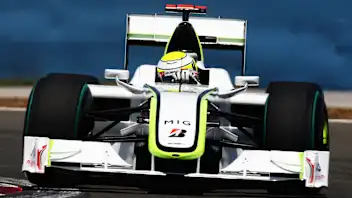The beginner’s guide to F1 car launches
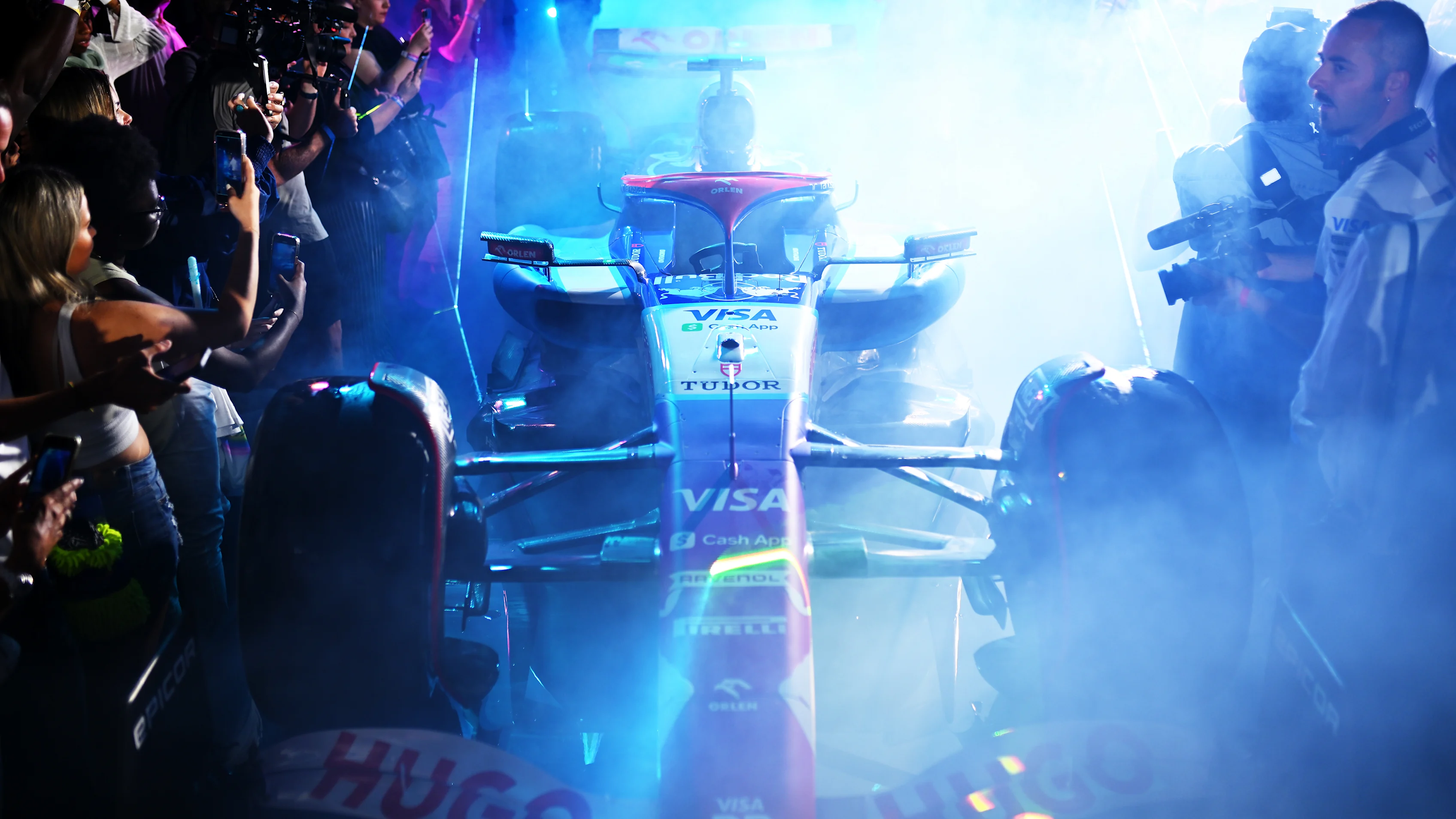
Only a few weeks before the new F1 campaign begins, the teams unveil their latest cars. This is launch season… it isn’t always what it seems.
The end of February usually marks the formal beginning of the F1 season with a group 'pre-season' test, in which everyone shakes off almost three months’ worth of rust before the season-opening Grand Prix, which in 2025 is in Australia on March 16. Before all that, however, the teams unveil their new challengers to the watching world – something that's being done in a slightly different style this year...
READ MORE: The beginner's guide to F1 pre-season testing
What is an F1 car launch?
A car launch, or reveal, is when a Formula 1 team pulls the covers off their new cars and sets out key targets for the season ahead. Whether it's a glamourous ceremony with celebrity guests or a digital-only event showing the first official images of the new machine, it's traditionally been one of the busiest phases of the year for every team.
Every year, in the run up to the first race of the season, all 10 teams launch a new car. Usually, there are changes in the Technical Regulations meaning the cars that finished the previous season would no longer be able to compete, but even with identical 'regs' (and 2025 is very similar to 2024), teams will field something new to try and get ahead of their rivals.
.webp)
That wasn’t always the case. In the dim-and-distant past, teams would use cars for several years. That went out of fashion in the 1980s, but even into the early 2000s, it wasn’t unknown for teams to at least start a season with the previous year’s car.
That doesn’t happen anymore, however. Even in 2021, when the Covid-19 pandemic required teams to carry over the bulk of their 2020 designs, they all still managed to deliver something substantially different at the start of the year. The pace of development in F1 is such that their old car simply wouldn’t be fast enough to compete.
What is the 2025 season launch event?
Launch season looks a little different for 2025 as, for the first time in the sport’s history, a groundbreaking season launch event will take place at London’s The O2, where all 10 teams along with their 20 drivers and respective Team Principals will come together to kick off the campaign in spectacular style.
EXPLAINED: Everything you need to know about the 2025 season launch event at London’s The O2
As F1 prepares to mark its 75th anniversary year, the teams will reveal their 2025 liveries during a special evening which will also feature interviews with key figures from the sport as well as top entertainment and special guest presenters.
The unprecedented event begins at 20:00 GMT on February 18, 2025 at London venue The O2, and is being brought to life by creative visionary Brian Burke of BrianBurkeCreative, along with Stufish Entertainment Architects, DX7 Design and production company 1826.
Fans unable to be there in person – incredible demand saw tickets for the show rapidly sell out – will still get to be a part of the action as the event will be streamed live, with further details on this being revealed in due course.
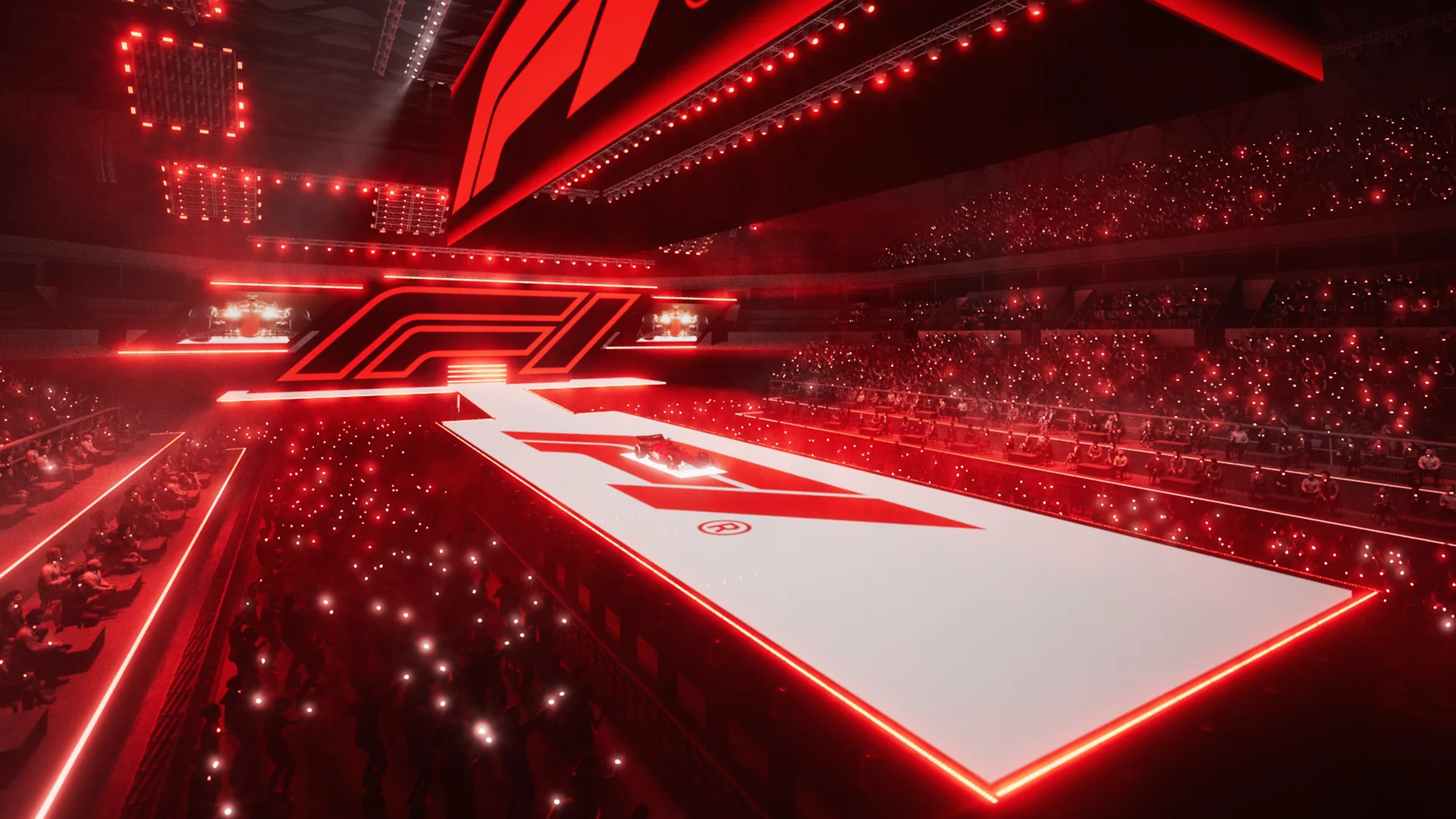
What is an F1 livery reveal?
Not every car launch is the real deal, and choosing instead to do a livery reveal has become more prevalent in the modern era as teams show off what the new car will look like… without actually showing off the new car itself.
The livery reveal will be a key part of the 2025 season launch for all 10 teams, with their liveries unveiled on show cars. Some teams have announced separate car launch events, including Ferrari and Williams, but others may opt to only do a livery reveal.
READ MORE: The beginner’s guide to the F1 Constructors’ Championship
There are many reasons why teams want to publicise their new campaign, but just as many for why they might not want to reveal their actual car – the compromise is the livery reveal. The world is introduced to the colourways and sponsorship scheme of the new car… but it's painted (or vinyl-wrapped) and stickered onto an old chassis.
A common reason for doing the livery launch is that the new car simply isn’t finished. By pushing a design programme ‘aggressively late’ teams can maximise the amount of work that can be done on the new car before a design freeze. Another is that while the car is finished it's being transported somewhere, such as pre-season testing.
Teams showing off a genuine new car in late January may have frozen that design the previous October in order to begin production, whereas teams who don’t finish building their car until February – and it isn’t unknown for parts to be arriving on the first day of the pre-season test – have put an extra month into the design before locking it down.
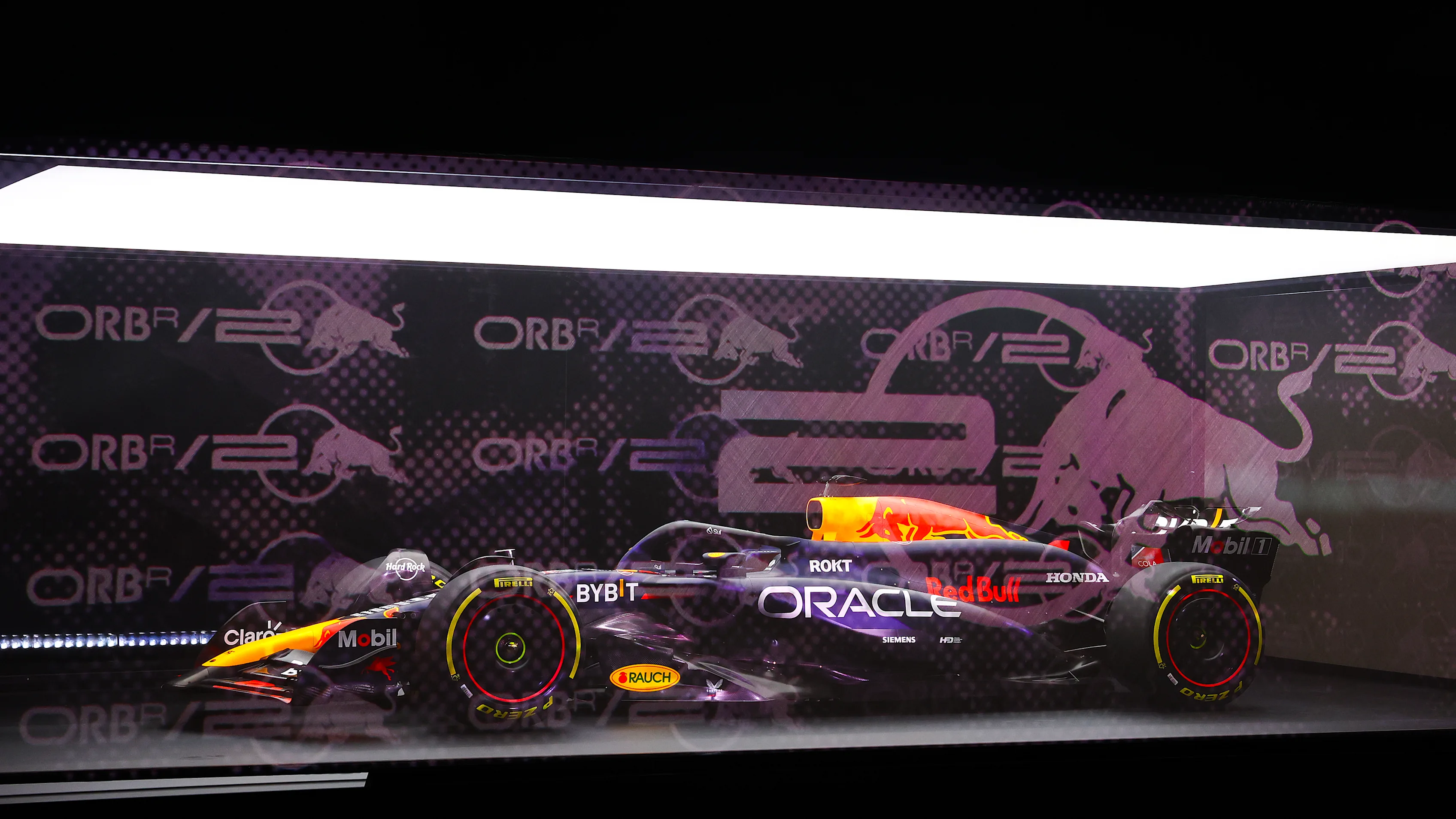
For fans of the cloak-and-dagger approach, however, sometimes the reason for holding a livery launch is that the new car has interesting features the team would rather not reveal until absolutely necessary. When teams don’t wish to give their competition a head-start on analysing – and perhaps replicating – their idea, they hide it until testing begins – or sometimes even later than that.
There are, of course, more mundane reasons for doing a livery reveal, one of which is marketing boost accrued from, effectively, launching the car twice. A launch generates a lot of publicity. Showing off the livery on one date and the car on another has value to a marketing department keen to deliver eyeballs to their sponsors and partners.
READ MORE: The beginner’s guide to the F1 Drivers’ Championship
In truth, even a 'genuine' launch event is likely to feature some old, or faked, components on the car. Unless the team is combining a launch event with a shakedown test, chances are the whole car won’t be on show at the launch as teams tend to be a little paranoid about what they’re prepared to show off.
Whether it’s a live launch event or an online affair, F1 teams are usually careful to present the car at an angle – thus making life difficult for anyone attempting to gather accurate information on geometry – and will usually attempt to hide the rear of the car completely, keeping their diffuser and rear suspension arrangements a secret until their car blazes out of the pit lane in pre-season.
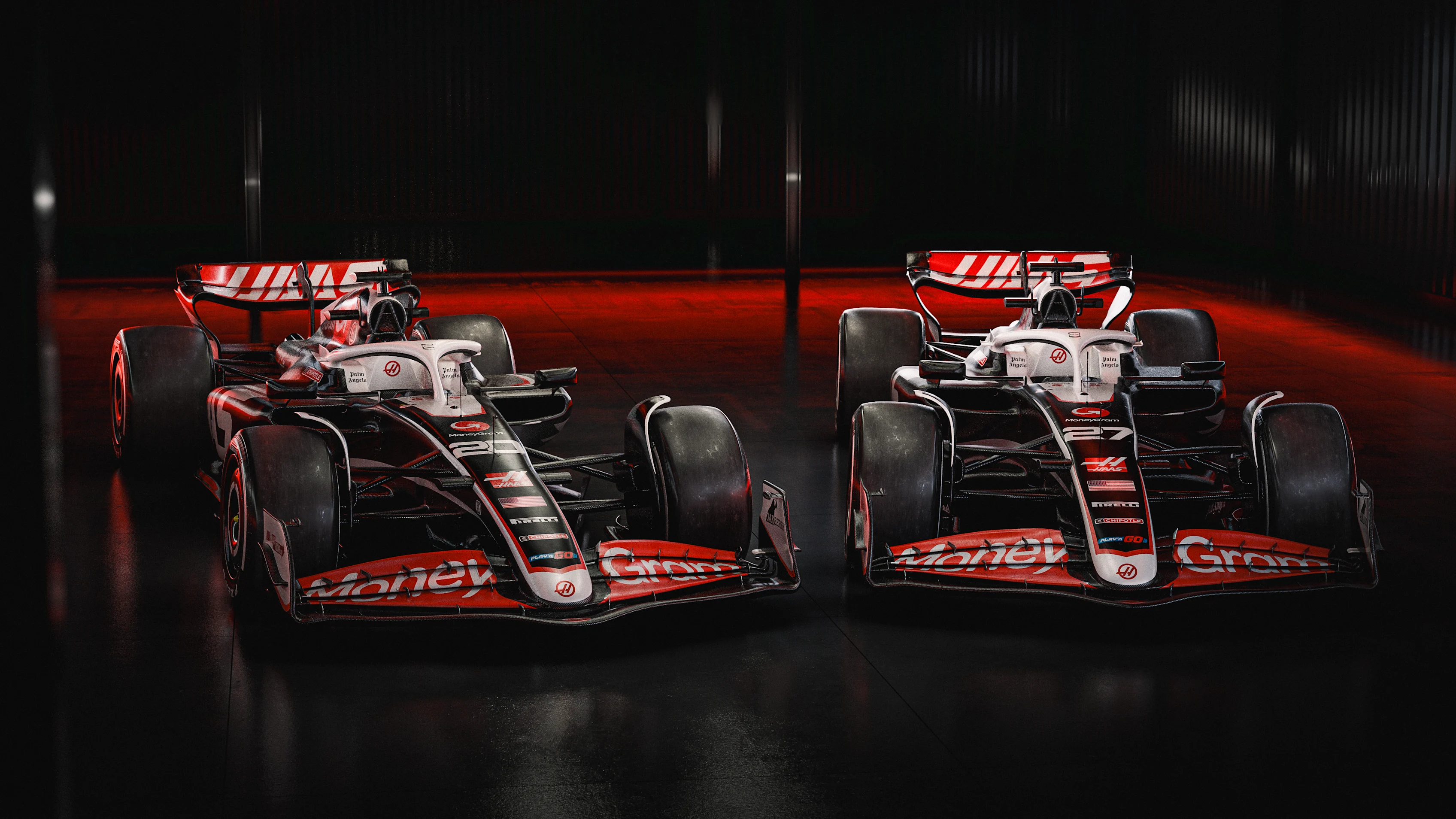
Why don't all F1 teams have car launch events?
Sometimes teams don’t bother with a launch event at all because it's simply not a priority for them. If none of the above criteria are considered important to the team, then it's likely their launch will consist of simply rolling the new car out into the pit lane just before the first session of testing.
The drivers and senior staff will pose with the car in front of their garage, allowing F1’s cadre of photographers to take the pictures that’ll be used during the early part of the season – and potentially for centuries to come. After this, the team principal, drivers or technical staff might take a few questions – or not, because there’s a lot to be getting on with across the first day of testing, and some teams prefer to let the car do the talking.
READ MORE: Everything you need to know about F1 – Drivers, teams, cars, circuits and more
How long does it take to create a brand new F1 car?
It varies, as Formula 1 teams take different approaches depending on the circumstances they find themselves in at the time, but typically it takes around 18 months of work.
Between the final race of one season and the first race of the next, there’s an off-season lasting around 14 weeks. For the sake of simplicity, the narrative tends to portray the teams as spending this downtime designing their new car. While the teams will certainly be manufacturing their new car in this period, the reality is that car design typically started much earlier than that.
The first principles of a 2025 car will have been laid down in the autumn of 2023, with gradually more and more people and resources thrown at it until, by the summer of 2024, it’s the full focus of a design team.
Those cars will likely have had their design ‘frozen’ in that autumn, allowing manufacturing to begin while the designers start to work on their first upgrade package.
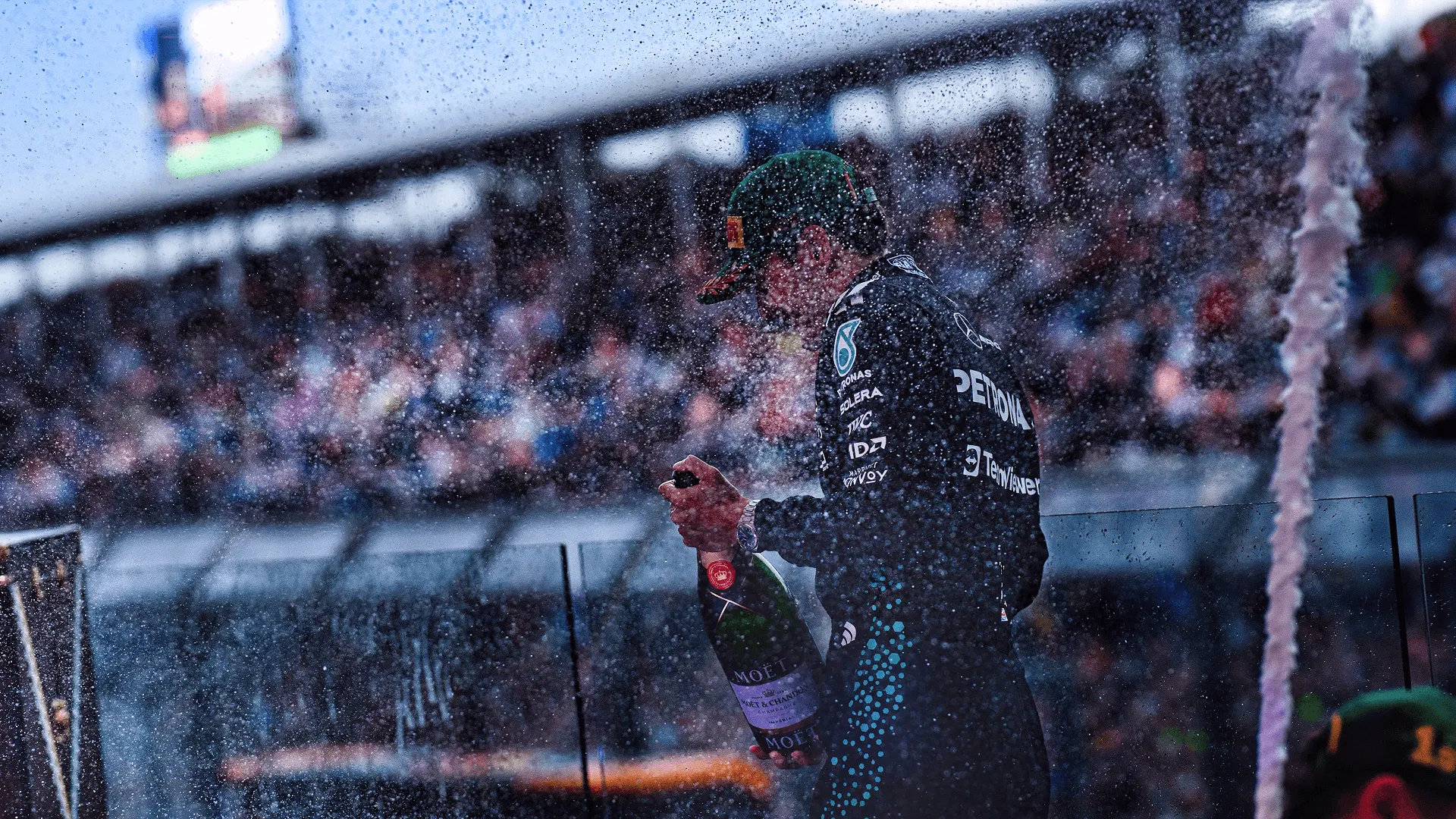
Next Up
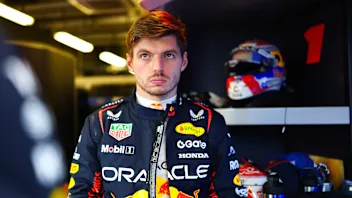
/16x9%20single%20image%20(17).webp)

.webp)
.webp)
